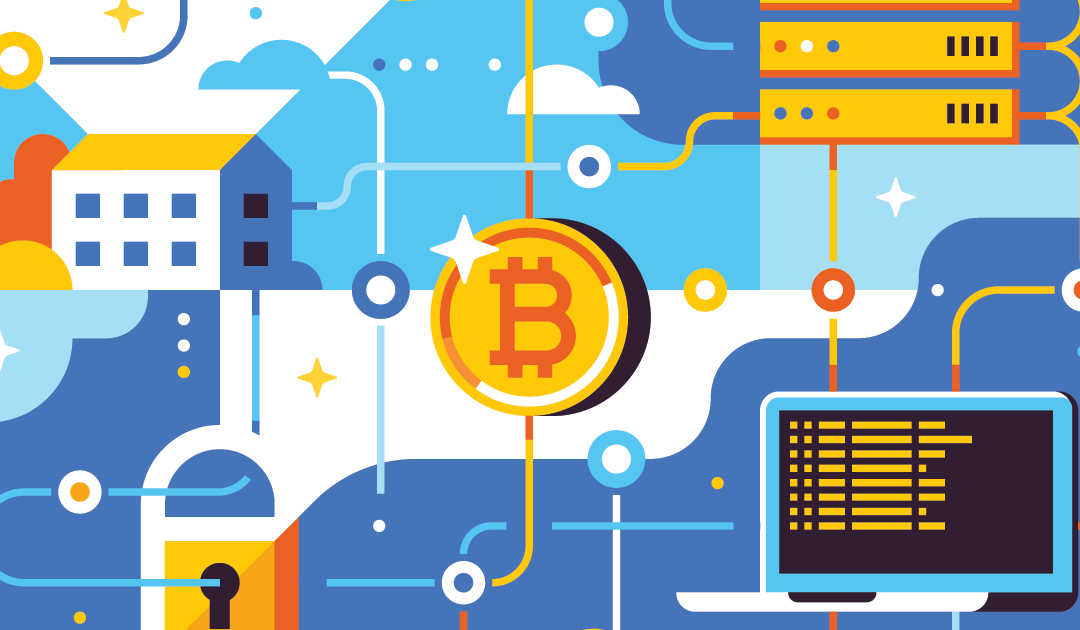Title: Is Blockchain the Future of Payments? Exploring the Revolutionary Potential
In today’s rapidly evolving digital landscape, the way we handle transactions and payments is undergoing a significant transformation. One of the most promising innovations in this realm is blockchain technology. Originally devised for Bitcoin, blockchain has since expanded into a versatile tool with implications far beyond cryptocurrencies.
Understanding Blockchain
At its core, blockchain is a decentralized ledger that records transactions across multiple computers in a secure and transparent manner. Unlike traditional centralized systems controlled by banks or governments, blockchain operates on a peer-to-peer network, where every transaction is verified by multiple participants (nodes) in the network. This decentralization ensures greater security, transparency, and efficiency compared to conventional payment systems.
Advantages of Blockchain in Payments
Security and Transparency
Blockchain’s cryptographic principles make it highly secure. Each transaction is recorded in a “block” that is linked to the previous one, forming a chronological chain. This makes altering or tampering with records nearly impossible, providing a level of security that traditional databases cannot match. Moreover, the transparent nature of blockchain allows users to trace transactions in real-time, reducing fraud and ensuring compliance with regulations.
Efficiency and Speed
Traditional cross-border transactions often involve intermediaries, resulting in delays and additional costs. Blockchain technology streamlines this process by enabling direct peer-to-peer transactions without intermediaries. This not only reduces transaction fees but also accelerates settlement times to near-instantaneous speeds, even across international borders.
Financial Inclusion
One of the most transformative aspects of blockchain is its potential to promote financial inclusion. By providing access to banking services through decentralized networks, blockchain allows individuals without traditional bank accounts to participate in the global economy. This can empower millions of unbanked or underbanked individuals by offering them secure and affordable financial services.
Challenges and Considerations
While blockchain holds immense promise, widespread adoption faces several challenges. Scalability, regulatory concerns, and interoperability with existing financial systems are among the key hurdles that must be addressed for blockchain to realize its full potential in payments.
The Future Outlook
Despite these challenges, the momentum behind blockchain continues to grow. Major financial institutions, tech giants, and governments are investing heavily in blockchain research and development, recognizing its potential to revolutionize payments and beyond.
In conclusion, while blockchain technology is still in its nascent stages, its disruptive potential in reshaping the future of payments cannot be overstated. As we navigate towards a more interconnected and digital world, blockchain stands at the forefront, offering a secure, efficient, and inclusive alternative to traditional payment systems. Whether it’s facilitating micropayments, enhancing supply chain transparency, or enabling decentralized finance (DeFi), blockchain is paving the way for a more accessible and equitable financial landscape.
Stay tuned as we continue to explore the evolving landscape of blockchain technology and its transformative impact on payments and beyond. The future is decentralized, transparent, and secure—with blockchain leading the way.

